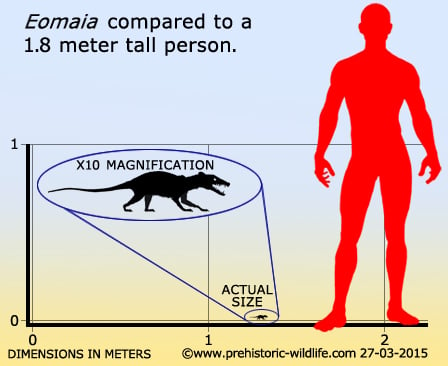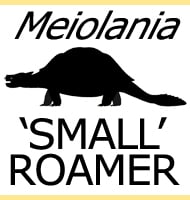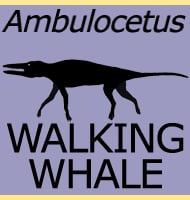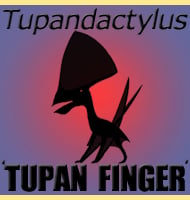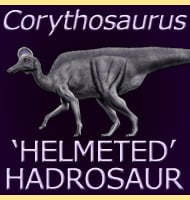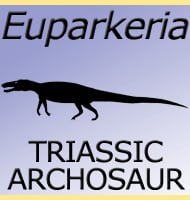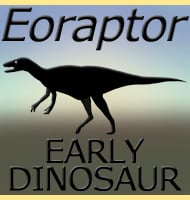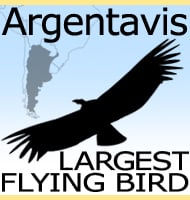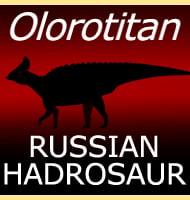In Depth
Eomaia was a ground breaking discovery as this little mammal is the oldest known placental mammal in the fossil record. Placental mammals are those that have young that develop inside their mother’s womb and are connected to their mother’s body via a placenta until they are ready to be born. Earlier Mammaliaformes such as Megazostrodon are thought to have still laid eggs similar to monotreme mammals, which today make up the smallest proportion of known mammals, whereas placental mammals are the largest (marsupials are the other group, and have external pouches where the young develop inside).
However because Eomaia is in a very basal position, it still lacks some features that are seen in later and modern placental mammals. Eomaia also has epipubic bones that project forwards from the pubis, features that stiffen the body when in movement. These bones are a benefit to non-placental mammals (and are even seen in the much earlier therapsids), but would get in the way of embryonic development in placental mammals, which is why they are not seen in modern forms. Eomaia also has an arrangement of teeth types that are more similar to those of earlier Mammaliaformes.
The identification of Eomaia as a placental mammal was made possible by the exquisitely well preserved specimen that was discovered in China’s Liaoning Province, an area that is now world famous for producing finely detailed fossils, particularly of feathered dinosaurs like Microraptor.
Further Reading
– The earliest known eutherian mammal. – Nature 416:816-822. – Q. Ji, Z.-X. Luo, C.-X. J.R. Yuan Wible, J.-P. Zhang & J.A. Georgi – 2002.
